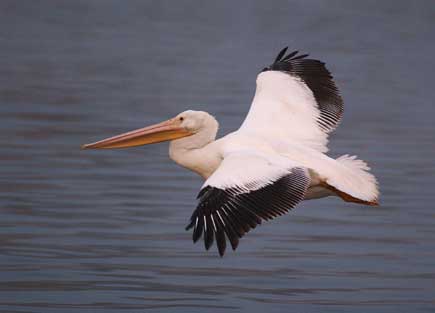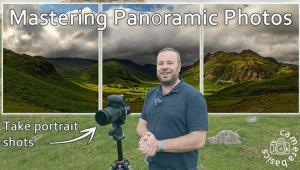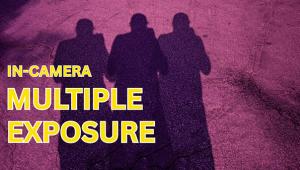Autofocusing Tips
Autofocusing is one of the best things that's ever happened to the SLR camera. I didn't think so while testing early examples when the AF SLR era began back in 1985, but a lot of progress has happened in the ensuing two decades. Today's AF SLR cameras, film and digital, will focus more quickly and accurately than most photographers can. Naturally, the higher-end pro models outperform the lower-priced models, but even the entry-level AF SLRs can handle a wide range of shooting situations. Here are some tips to help you get the most out of your SLR's AF system.
1. Complex Subjects
The first AF SLR cameras had a single AF "hot" area, indicated by a frame or brackets in the center of the viewfinder. To focus, you aimed the AF frame at the portion of the subject you wanted the camera to focus on, then pressed the shutter button halfway to activate the AF system. The camera would then focus on whatever appeared in the AF frame. If you wanted to compose with the subject somewhere besides dead-center, you had to use the AF lock, then recompose as desired. With most cameras, the focus would lock once established, as long as you kept the shutter button depressed halfway; with others, there was a separate AF-lock button.
 |
|
|
Today's AF SLRs have multiple AF areas--up to 45 in some pro models. These provide a wide "hot" focusing area that makes normal shooting easier, because you don't have to dead-center a subject to focus on it: Just make sure the subject appears within the wide AF area indicated in the viewfinder, and the camera can focus on it. However, keep in mind that AF systems lock onto the closest thing they "see." If there's something in the "hot" area that's closer to the camera than your subject, the camera will focus on the closer object rather than the desired subject. You can avoid this by using spot AF, which employs a single AF sensor to measure just a small area, to focus on your chosen subject--just like with those original AF SLRs!
With some cameras, spot AF is restricted to the center AF point; with others you can activate any of the camera's AF points individually--handy for spot-focusing on off-center subjects, but a bit of a pain in practice. Some Canon cameras have a feature called Eye-Controlled Focus, which allows you to activate a specific AF sensor just by looking at it in the viewfinder--much easier and quicker than manual activation of a specific point. With cameras that don't offer spot AF, you can solve the focus-on-the-closest-object problem by focusing manually.
2. Center Point for Action
While wide multi-point AF areas make it easier to keep a moving subject in the "hot" zone, with most cameras the center AF sensor is more sensitive than the peripheral ones, and thus will achieve focus more quickly (and in dimmer light) than the outer ones. And the camera can focus more quickly when its CPU has to process data from only one sensor instead of data from several sensors. So for fast action subjects, it's best to activate the center AF sensor only. It is tougher to keep a fast-moving subject in a small AF area than in the wide AF area, but with practice you can do it. The quicker focusing response--and improved action photos--make the practice well worthwhile.
 |
|
|
3. Give It a Moment
When photographing fast-moving action subjects, naturally you'll want to use the camera's predictive continuous AF mode. But don't just aim, then suddenly press the shutter button fully to shoot. Predictive AF works by taking successive AF readings, then calculating the subject's speed and direction of motion from those readings. The camera's onboard CPU then uses this data to predict the subject's position at the moment the exposure is made, and adjusts focus accordingly, thus compensating for the distance the subject travels during the brief lag between the moment you fully depress the shutter button to make an exposure, and the moment the exposure is actually made. (This lag is not great, but a fast-moving subject can change its distance from the camera quite significantly in even a small fraction of a second.) If you fully depress the shutter button to make the shot the moment you point the camera at the subject, the AF system might not have time to do its predictive magic--or even focus at all.
So, for action shots, first, select continuous AF mode. Next, select the center AF sensor. Acquire the target (aim the viewfinder's AF target at the subject). Press the shutter button halfway down to activate the AF system. Continue to track the subject in the finder as the camera focuses. A beat before the subject arrives at the point at which you want to record it, fully depress the shutter button to make the shot. If shooting a sequence, continue to hold the shutter button all the way down, and pan the camera to track the subject (it's a good idea to follow through even if doing single shots). Bear in mind that some cameras focus only for the first frame of a sequence, while others attempt (with varying degrees of success) to refocus for each frame--it's likely that only the first frame or two of a rapid action sequence will be sharply focused.
 |
|
|
















































